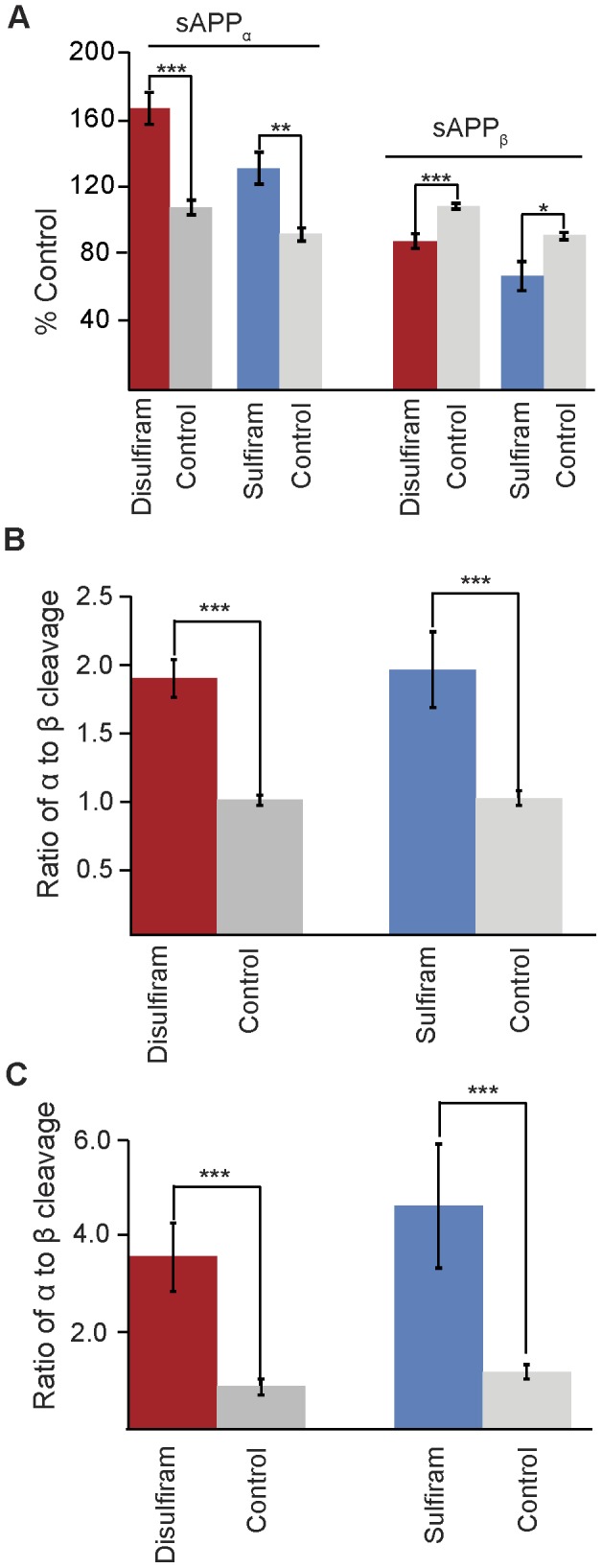Figure 6. Disulfiram and Sulfiram increase sAPPα production.

A) Effect of treatment with disulfiram and sulfiram on sAPPα and Aβ production in 7W-CHO cells. 7W-CHO cells were seeded at 50,000 cells per well in a 96-well plate and allowed to grow for one day. The cell culture medium was then changed and the cells treated with 1 µM disulfiram, 1 µM sulfiram, or 0.01% DMSO (control). After 24 hours, the amount of sAPPα and sAPPβ produced in the medium was quantified using the AL231C and AL232C AlphaLISA kit from Perkin Elmer, modified using a custom biotinylated human APP antibody. B) Effect on the ratio of α to β cleavage in 7W-CHO cells, as calculated by dividing the amount of sAPPα to sAPPβ produced by the 50,000 7W-CHO cells during one day under the effect of either disulfiram, sulfiram or a DMSO control. C) Effect on the ratio of α to β cleavage in B103 cells. B103 neuroblastoma cells were seeded at 100,000 cells per well in a 96-well plate and allowed to grow for one day. The cell culture medium was then changed and the cells treated with 1 µM disulfiram, 1 µM sulfiram, or 0.01% DMSO (Control). After 24 hours, the amount of sAPPα and sAPPβ produced in the medium was quantified using the same modified AL231C and AL232C AlphaLISA kit from Perkin Elmer. The ratio of α to β cleavage was calculated by dividing the amount of sAPPα to sAPPβ produced by the 100,000 B103 cells during one day under the effect of the disulfiram, sulfiram or DMSO control.
